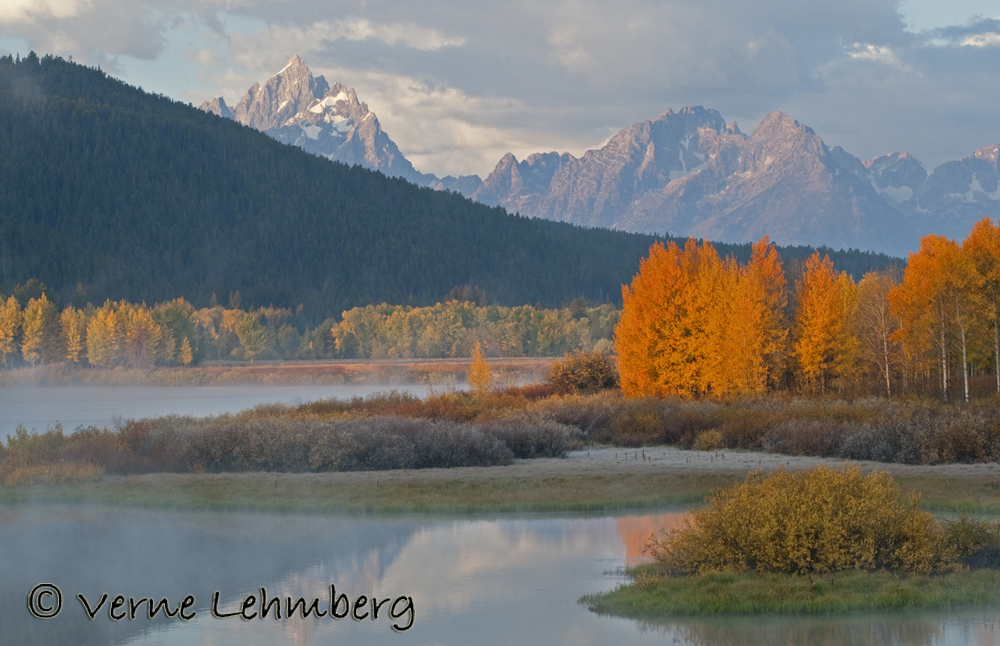

Even though I am a biologist there are some things I prefer to think of as magical. Like the way chameleons change color. One of my biggest disappointments was finding out how they actually do change color. I’m not going to tell you about that because I want it to stay magical for you. (Go read Wikipedia if you really want to know.) If you want fall leaf color changes to stay magical don’t read the rest of this.

Most of us look forward to the leaves turning pretty colors in the fall but have you ever thought about why they change colors? To understand it you first have to recall a little basic biology you may have learned in high school. Almost all plants carry on photosynthesis to make their food. To do that they must have chlorophyll. Chlorophyll is a pigment. Pigments absorb some colors of light and reflect other colors. If chlorophyll is present several colors are being absorbed but green is being reflected off the leaf to you eye. (Remember sunlight is made up of all of the colors of the visible spectrum.) The plant’s chlorophyll absorbs light energy from the sun and uses it to begin the process of photosynthesis. There are actually several different types of chlorophyll. Think about all of the different shades of green you have seen in various plant species. The more types of chlorophyll a plant has the better off it is because it can absorb more colors of light. A plant that can absorb more light energy has more energy to make food. So a plant with several types of chlorophyll has a better chance of surviving. But it still can’t absorb green.

There are many different colors of pigment but chlorophyll is the only one that can initiate photosynthesis. Without chlorophyll a plant can’t do photosynthesis. The problem with chlorophyll is that it can absorb several colors but it can’t absorb all of them, especially green. So most plants have other pigments. The most common pigments in plants other than chlorophyll are carotenoids Carotenoids are what give carrots their orange color but there are other carotenoids that are various shades of yellow and red. These carotenoids can absorb various shades of greens and blues. They can’t initiate photosynthesis but they can transfer the sun’s light energy to chlorophyll, which can start photosynthesis.

So the more pigments a plant has the more photosynthesis it can do. Most plants have several types of both carotenoids and chlorophyll. In the fall when deciduous tree leaves begin to die they loose their chlorophyll first. The carotenoids then become visible. They were there all the time, they were just masked by the more common chlorophylls. I am from Texas which is not one of the states noted for pretty fall colors. The reason is that our temperatures decrease very slowly so the leaves die more slowly. Sometimes they are so slow that they loose all of their pigments at about the same time so leaves go from green to brown. In colder climates fall temperatures decline more rapidly and the leaves loose their chlorophyll quicker. Then you can see the yellow, orange and red carotenoids still present in the leaves.







Nice photos Verne. Judy, those big words caught me but I did understand “magical.” 🙂
Thank you Barbara! Think twice before you go after that chameleon info. I don’t know what you will think but I was disappointed.
That was very interesting. I’m sure I had learned this many many years ago in school, but it wasn’t explained this way. Now to find out about that chameleon 🙂